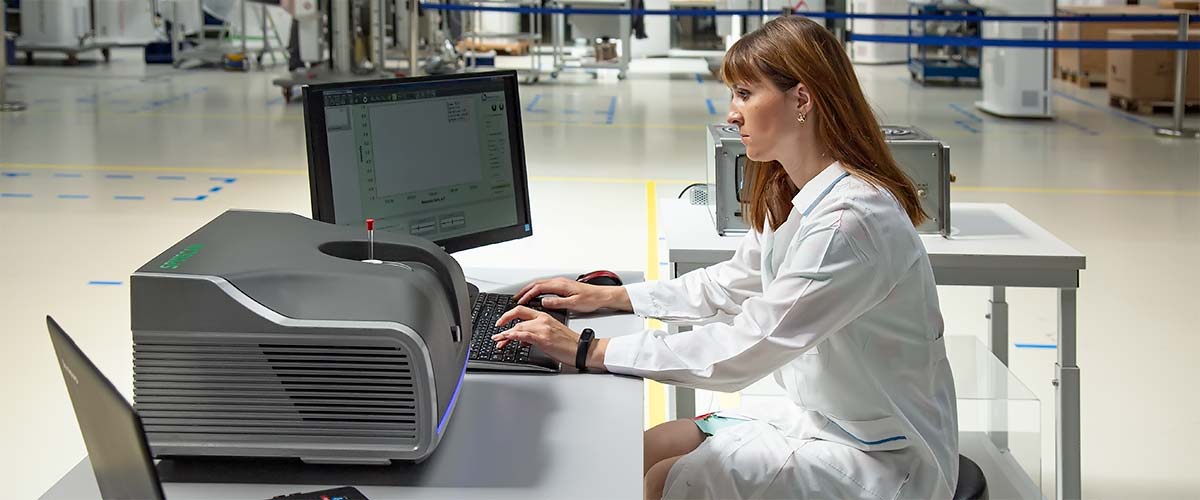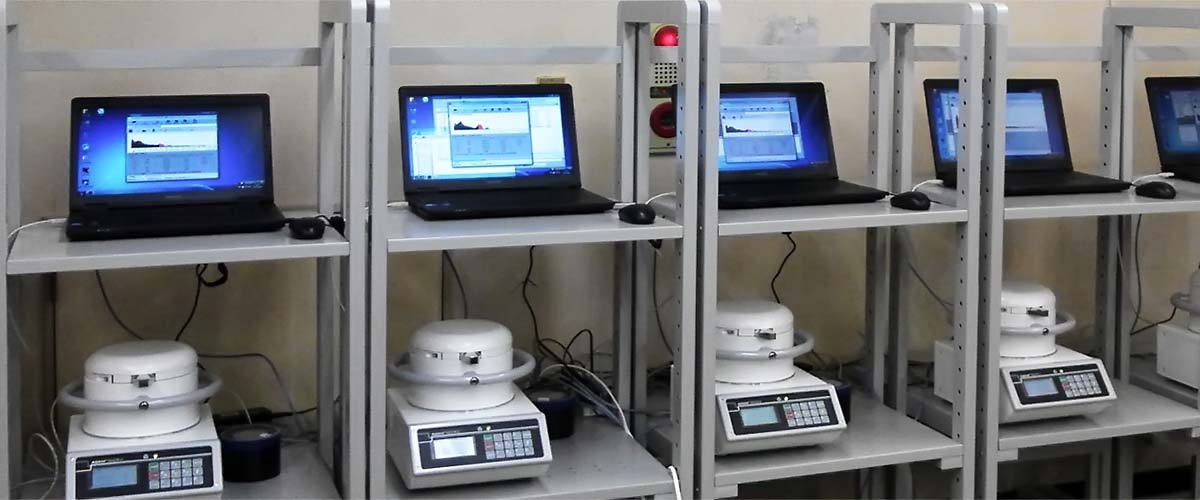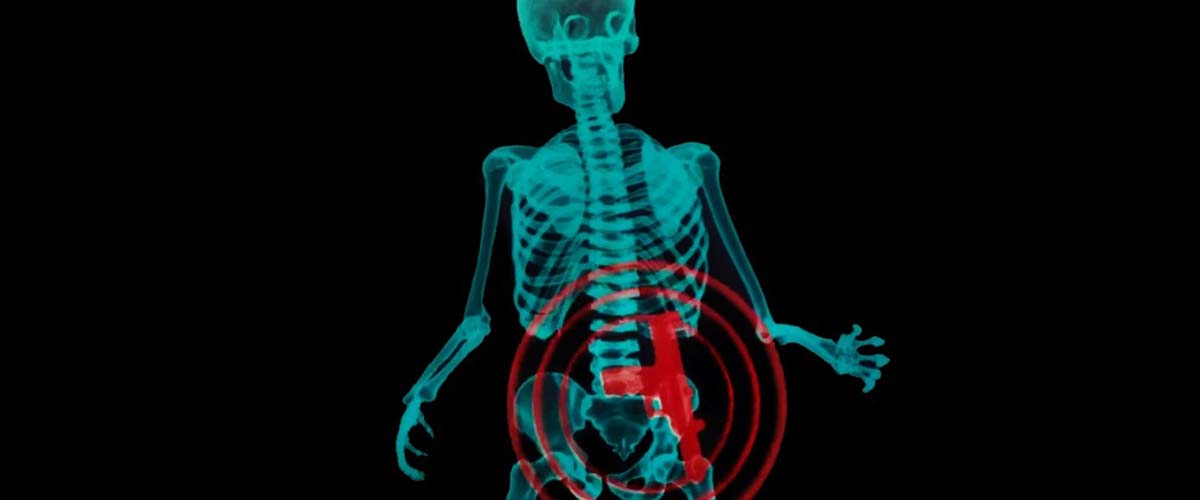LINEV GROUP SUCCESS STORIES
STORY #1.
Benchtop EPR Spectrometer – disruptive innovative technology
After a series of improvements to the EPR spectrometer, new opportunities were created for:
- EPR-dating based on the evaluation of the exposure of some materials to natural ionizing radiation
- Quartz E1’-center EPR-dosimetry for the search for mineral deposits
- EPR-Microscopy and Topography of paramagnetic and ferromagnetic large flat plates
- Alanine-EPR dosimetry for food irradiation, industrial irradiation and radiation protection
- Alanine-EPR dosimetry for routine use in medical radiotherapy
- EPR retrospective dosimetry – EPR tooth enamel dosimetry for retrospective individual dosimetry in radiation accidents
- EPR bone dosimetry – the case of systemic radiotherapy, in which the radiopharmaceutical is directed to the affected bone region
- EPR- analysis of beer flavor stability in brewing processes
- In pharmacology - the unique capabilities of in vivo EPR to detect and characterize free radicals
- EPR-control of impurities in marine engine oil

STORY #2.
Handling the consequences of the Chernobyl accident
Radiation was everywhere – in water, air and food. The HBO Chernobyl miniseries, which was enjoyed by hundreds of millions of people in 2019, accurately portrayed those horrible days. The accident at the Fukushima nuclear power plant only confirmed that ensuring radiation safety continues to be relevant for humanity.
After the disaster, it became clear that specialized yet simple automated systems that could be handled by non-specialists at markets, in foodstuffs, and at hundreds of control stations were required for calculating the concentration of radioactive elements in drinking water and foodstuffs.

We came up with a solution to ensure the radiation safety of water, food and even building materials – our RUG91 compact food monitor that was designed to measure the activity of cesium-137, radium-226, thorium-232 and potassium-40. It is installed in more than 5,000 laboratories and has become part of the state system for food radiation control after the Chernobyl incident.
STORY #3.
Medical X-ray diagnostics – new technologies for digital visualization of X-ray images
In 1999, scanning technology for digital visualization of medical X-ray images was patented and a model X-ray diagnostic apparatus for screening the chest organs, mammography and general radiography, was developed which formed the basis of the state screening programs for the detection of tuberculosis and breast cancer.
At the same time, a modern unified network of digital X-ray diagnostics of tuberculosis and other dangerous diseases was created. One can only be proud of the impact it has had on society.
STORY #4.
Science fiction becomes reality – full-body penetrating X-ray scanners
The road to the future is always paved with “ludicrous” ideas that only exist in the minds of great inventors, in the books of science fiction writers, or in science fiction movies.
We laughed when we first saw penetrating X-ray scanners in the 1990 blockbuster Total Recall starring Arnold Schwarzenegger.

In 1999, the company turned this fantastic idea into reality by developing the CONPASS penetrating X-ray body scanner, which has turned into the standard X-ray inspection device in diamond mines, prisons, airports, on borders and at customs offices for security and other applications.
Fight against the theft of precious metals and stones
A human scanner can detect hidden and swallowed diamonds in dozens of diamond mines; at gold processing factories, it may even identify gold dust on clothes in order to prevent theft.
Fight against drug couriers (drug mules)
Many governments throughout the world have installed penetrating human scanners at various control points to effectively solve the problem of smuggling drugs, precious metals, and stones. Consequently, it was possible to avoid hundreds of such incidents each month.

Fighting crime in prisons
A mobile phone can be just as dangerous as a weapon in a prison. Hundreds of human scanners installed in prisons detect not only mobile phones but also weapons, drugs, and other criminal tools hidden in natural body cavities.


